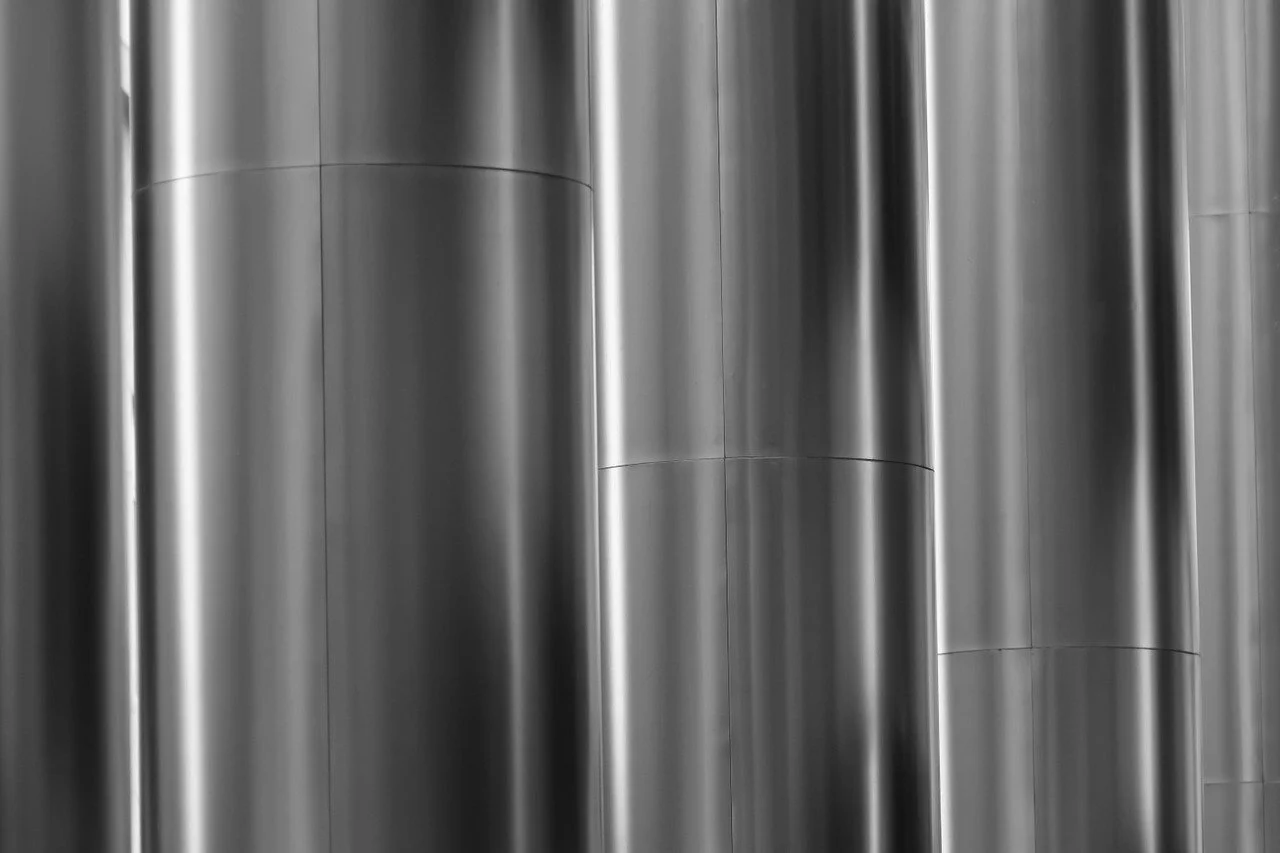Technically speaking, refractory metals are the class of materials that includes heavy alloys and other hard metals. The main constituents of these metals are extracted from their respective ores in the form of powder.
Now, why are refractory metals considered the best option for the automotive industry?
Since these metals are different in nature, they provide several unique characteristics. Some of which are high resistance to corrosion, heat, and damage. That’s the reason why they are making themselves useful in the automotive industry.
Fun Fact: Due to the ultimate heat-conducting qualities of refractory metals, your car’s electrical system is also made up of the same materials.
Here are some types of refractory metals that can be used in the automotive industry. To know more about them, keep scrolling!
Titanium
In most industries, titanium alloy is widely used because of its physical and chemical properties. Ideally, it is used to manufacture connecting rods for luxurious and sports cars. And the engine made up of this metal reduces emissions and promotes fuel efficiency. It exists in a pure form, and the silvery metal is commonly known for its low density and tremendous strength.
Also, the engine valves made of titanium alloy help boost the vehicle’s service life and increase vehicle reliability by reducing fuel consumption.
Tungsten
This metal is widely known and is used for different purposes in various industries due to its excellent properties. In fact, a tungsten carbide coating is often used on brake discs to increase service intervals and diminish brake dust. According to the experts, tungsten powder is often used to manufacture electrical contacts, airbag deployment systems. Also, it is an essential material that helps in producing tungsten mill products and wires.
Zirconium
Due to the amazing strength and durability, the ceramics made up of Zirconium alloys contribute to manufacturing industrial applications (motor engine components), heat-resisting linings in the furnaces. It is also used to make molten metals along with heat shields for space vehicles.
Zirconium oxide is used in the automotive industry to manufacture engine liners and ionic conductors in oxygen sensors. And it is also a crucial ingredient in autocatalysts.
Aluminum
The cost-effective property of aluminum makes it the most noticeable element in the automotive industry. Due to its lightweight, the alloys made up of aluminum are durable and resistant to corrosion. And that’s what made the automakers shift to this metal instantly. Undoubtedly, this metal has become a massive sensation in the automotive industry and is gaining insane popularity. It is estimated that vehicle manufacturers can unlock many other potential uses of the metal in future aluminum producers.
For example, AA6061 is used in steering the car knuckles. It also has an average tensile strength of 383 MPa and elongation of 10.7%. Significantly the alloy was optimized by adding minimal quantities of zinc, copper, and zirconium.
Conclusion
Now that you know the role of refractory metals in the automotive industry, this is the reason why experts recommend purchasing cars made of them. Interesting. Right?


